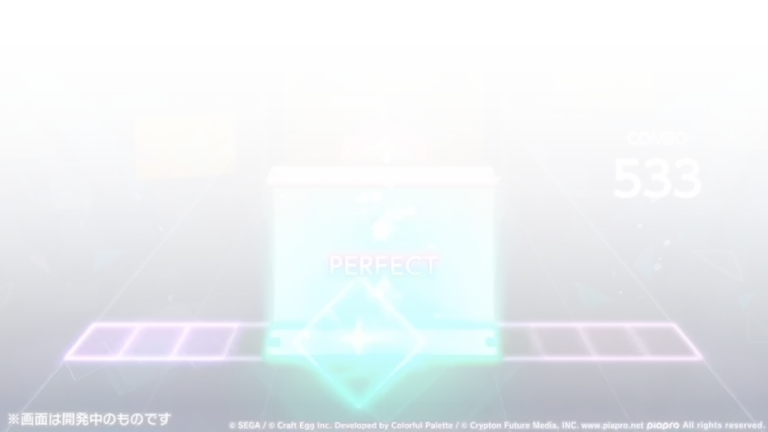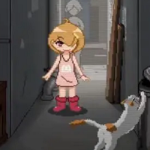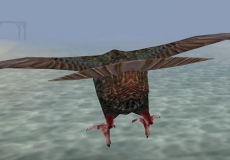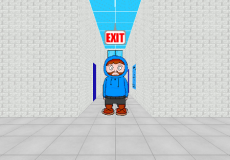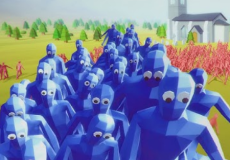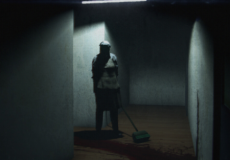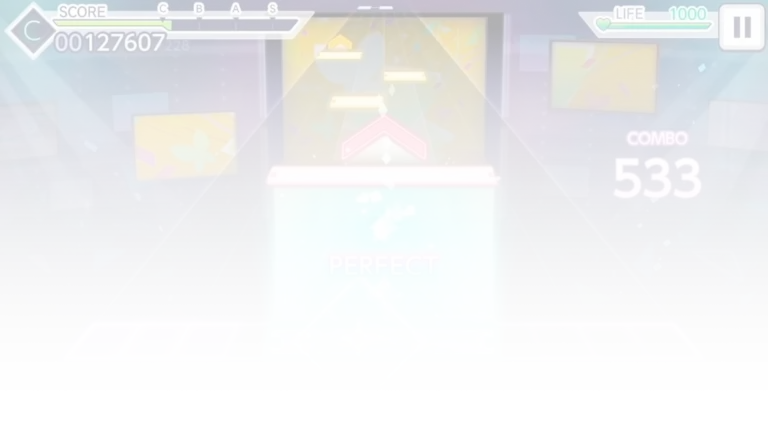
The Midnight Walk
Advertisement
The Midnight Walk unfolds in a hushed, sculpted world where your only companion is a nervous little lantern with legs. You step into a place untouched by day, where direction feels more like intuition than mapwork, and each location seems half-remembered from a dream. As you travel deeper into the quiet unknown, your task becomes less about arriving somewhere and more about maintaining the fragile glow that pushes back the dark—both literal and unseen. It’s a story told not through dialogue, but through how you move, how you hide, and how you choose to stay close to the light.
Advertisement
Similiar games
The Midnight Walk unfolds in a hushed, sculpted world where your only companion is a nervous little lantern with legs. You step into a place untouched by day, where direction feels more like intuition than mapwork, and each location seems half-remembered from a dream. As you travel deeper into the quiet unknown, your task becomes less about arriving somewhere and more about maintaining the fragile glow that pushes back the dark—both literal and unseen. It’s a story told not through dialogue, but through how you move, how you hide, and how you choose to stay close to the light.
A Journey Made of Stillness and Movement
Rather than giving players action or speed, The Midnight Walk relies on subtle navigation and trust. Potboy’s flame is your anchor in a shifting world, but it’s also bait for what hunts in the shadows. Some threats will only approach when your back is turned. Others watch from the edge, responding to flickers in light. Your job is not to fight, but to understand—what to risk, when to pause, and how far to let the dark in before something reaches back. Every step feels personal, like testing a floorboard in a house that shouldn’t exist.
A Living World Built by Hand
The entire landscape has been sculpted, not just designed. Branches twist in imperfect spirals, puddles glisten with fingerprints, and the creatures you avoid shudder with unnatural realism. These are not digital animations—they’re photographs of real materials, animated frame by frame. The stop-motion technique gives the world a fragile presence, as if everything might crumble if you breathe too loud. This choice of medium becomes part of the narrative: everything feels temporary, like the world is trying to remember how it used to be.
Light as a Language
Without dialogue or menus, The Midnight Walk teaches you through response. Potboy’s flame shifts in size, rhythm, and color based on what’s nearby. Its behavior becomes your only signal when words won’t do. Sometimes you’ll have to leave it behind to explore further. Sometimes you’ll hide and pray the flame doesn’t flicker too loud. The connection becomes emotional before you realize it—one of shared silence, not instruction. The game builds trust not with mechanics, but with attention, and it rewards players who listen without needing to be told what to hear.
Discuss The Midnight Walk
